
The son of our neighbors next doors is seven years old and collects minerals (“treasures of the soil” as he calls them). When we visited them a while ago I suggested to photograph his treasures along with some of his Lego figurines. The idea was very welcome and so I packed my Lowepro photo trolley and rolled it over to their place.
I chose a simple tabletop lighting setup, photographing the minerals on the dining table surface. To create an interesting background I applied a technique called “El Bokeh wall” by photographer Laya Gerlock from the Philippines. The idea is very simple – take a sheet of aluminum foil, crumple it into a ball, fold it out again it and tape the crumpled aluminum sheet to the wall. When lit by a flash the crumpled surface throws back countless tiny reflections, which, out of focus, result in a pleasing pattern of bokeh rings. But why blabla when images can tell the story:


The setup requires two flash units. One flash unit illuminates the background, the main light illuminates the mineral and the Lego figurine (the main purpose of the Lego figurine is to act as a reference for the size of the mineral by the way). To avoid harsh shadows on the minerals I attached a Lumiquest softbox to the flash. The images were made with a D800 and a Nikkor 105mm f.28 Micro lens. Since the minerals are 3D and have quite a depth considering we are using a macro lens, use a small aperture (I recommend f8 and up, but that depends on the individual subject). If you are not pleased with the lighting situation, try to elevate the main light a little so that it points down at an angle towards the subject. A second main light, placed to the right of the minerals, might also help. There is no “right” or “wrong”, just try a few setups and see what works.
Keep in mind that in order to receive a pleasing bokeh at small apertures (high aperture numbers) the background needs to be “far” away from the subject. In the setup I used the distance between background and subject measured perhaps 60-80 cm.
And finally, here are the final results from that shooting.


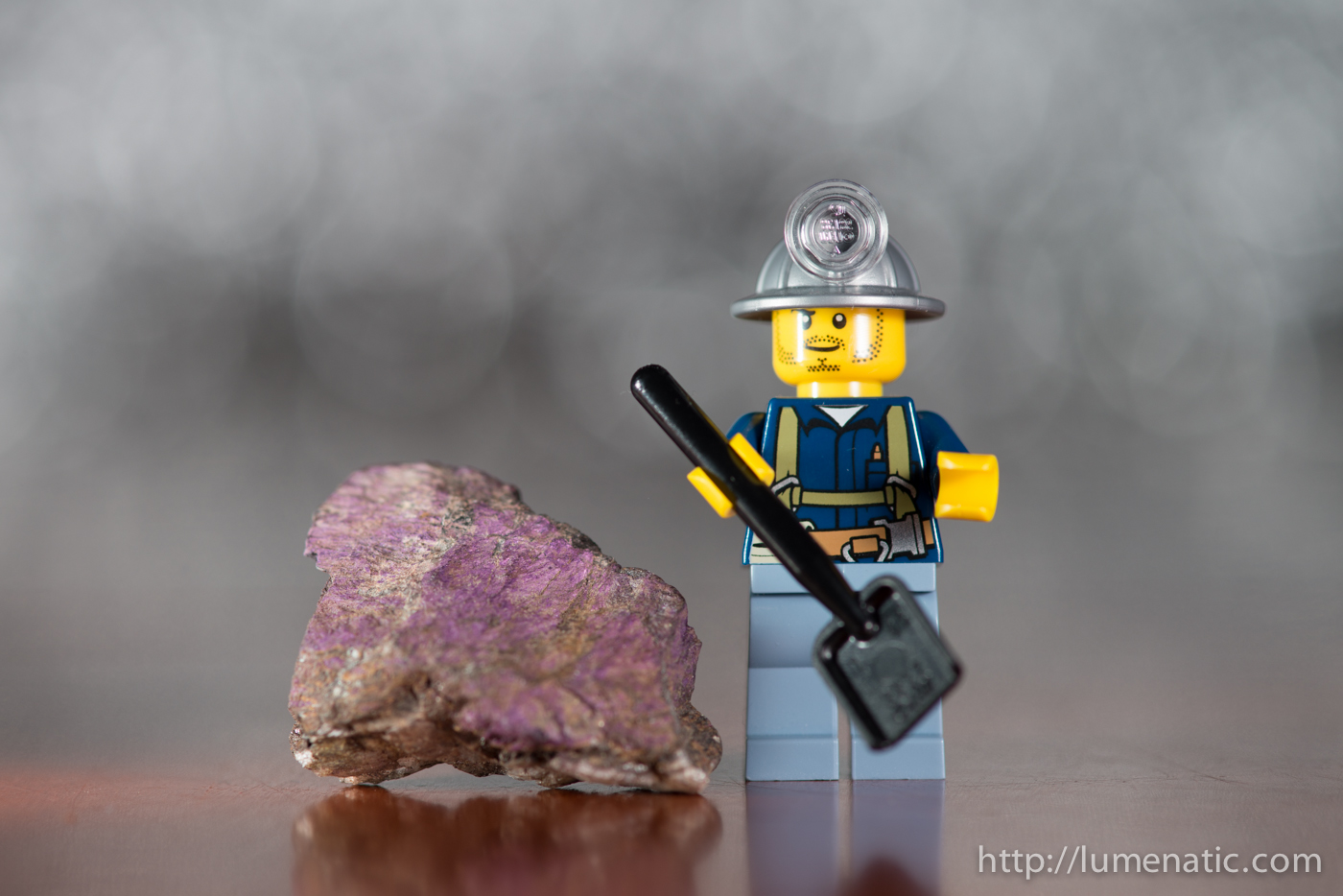
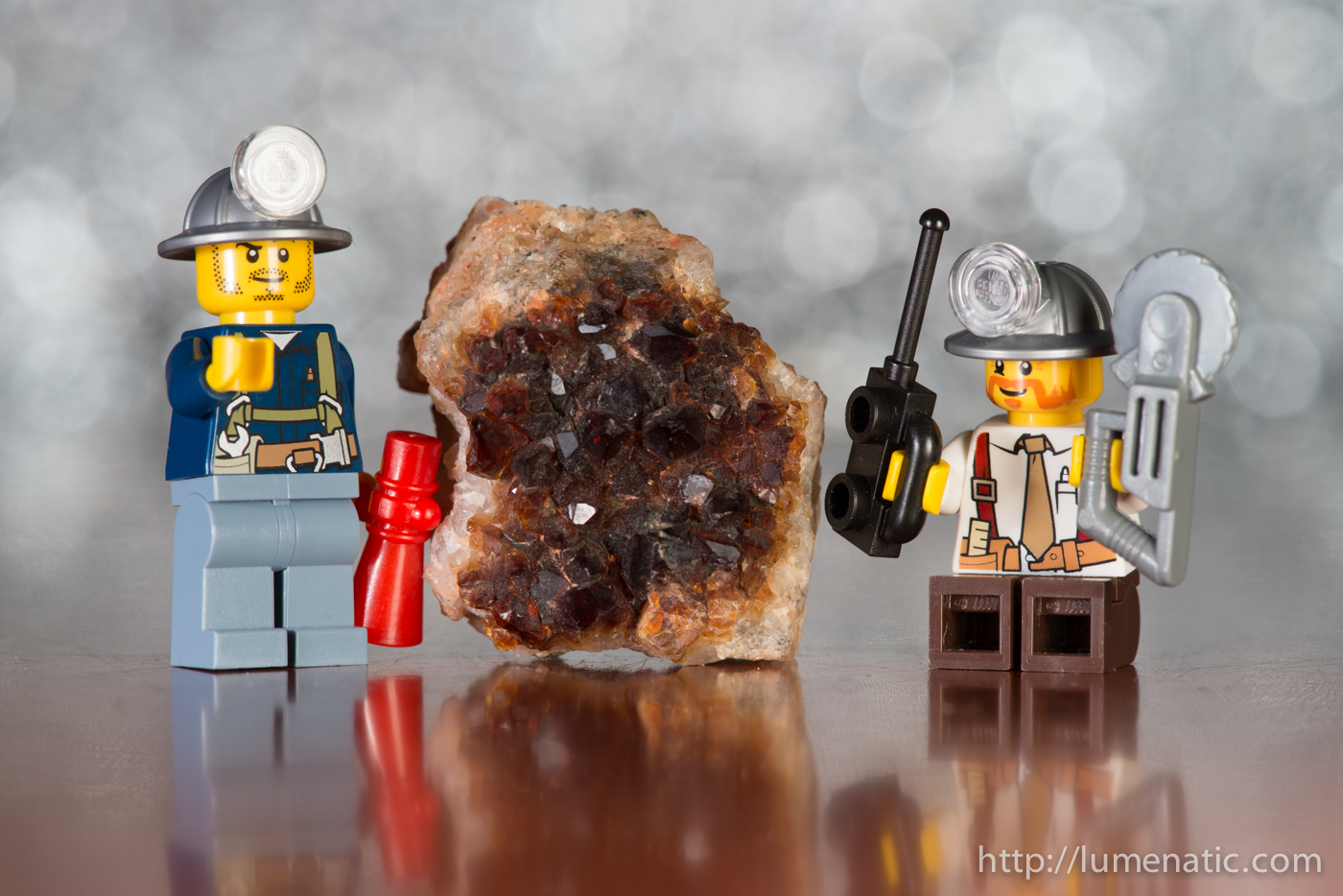
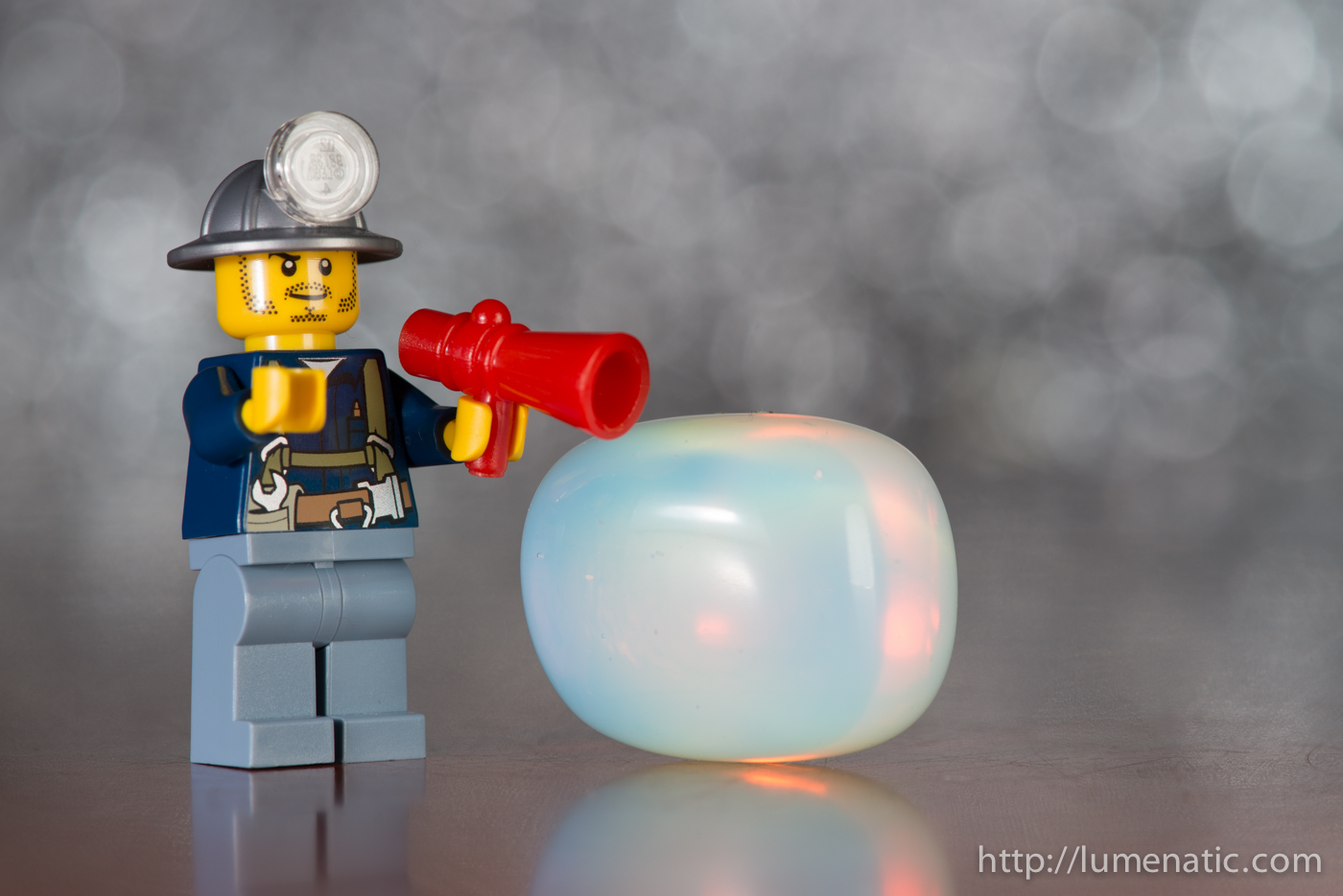
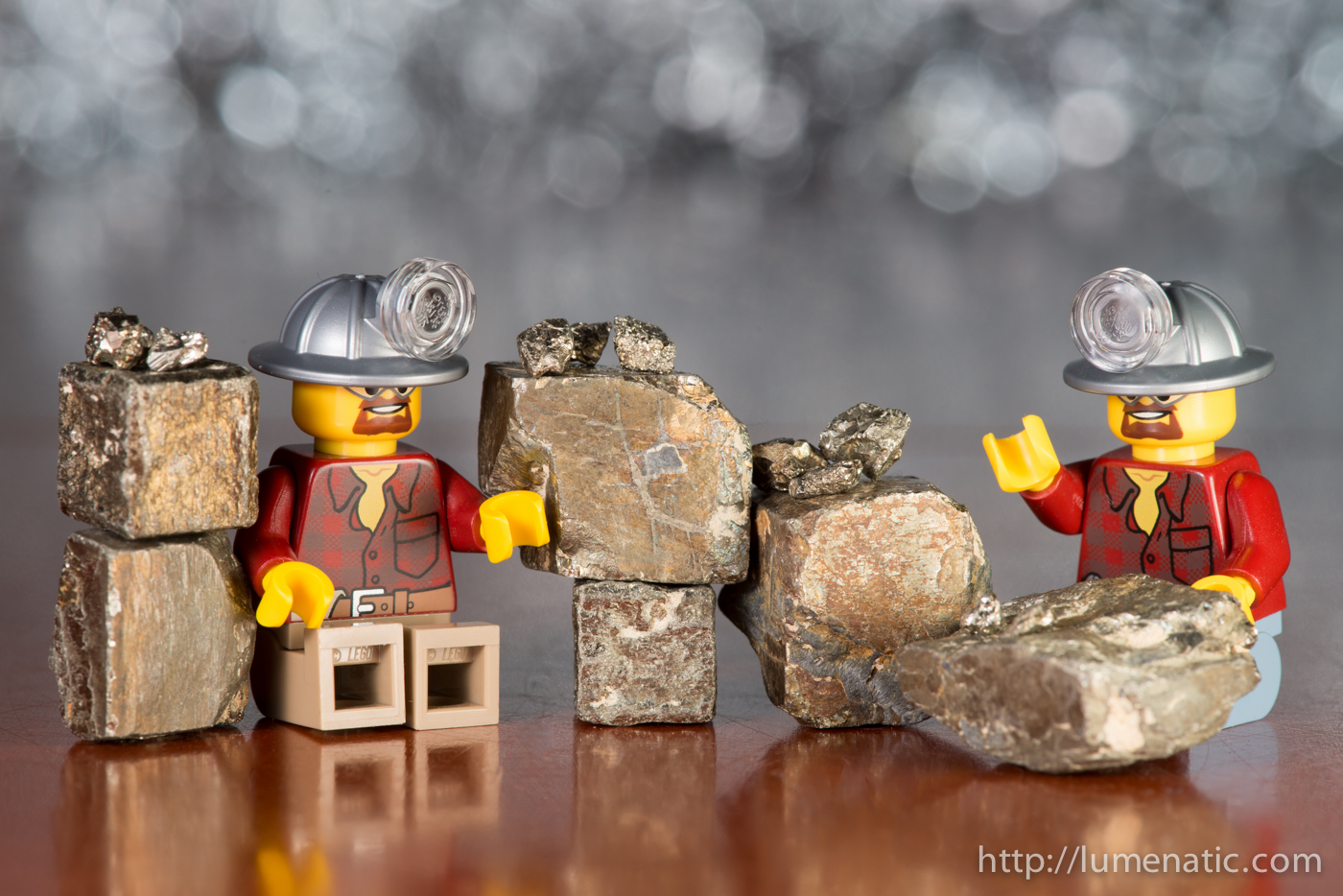
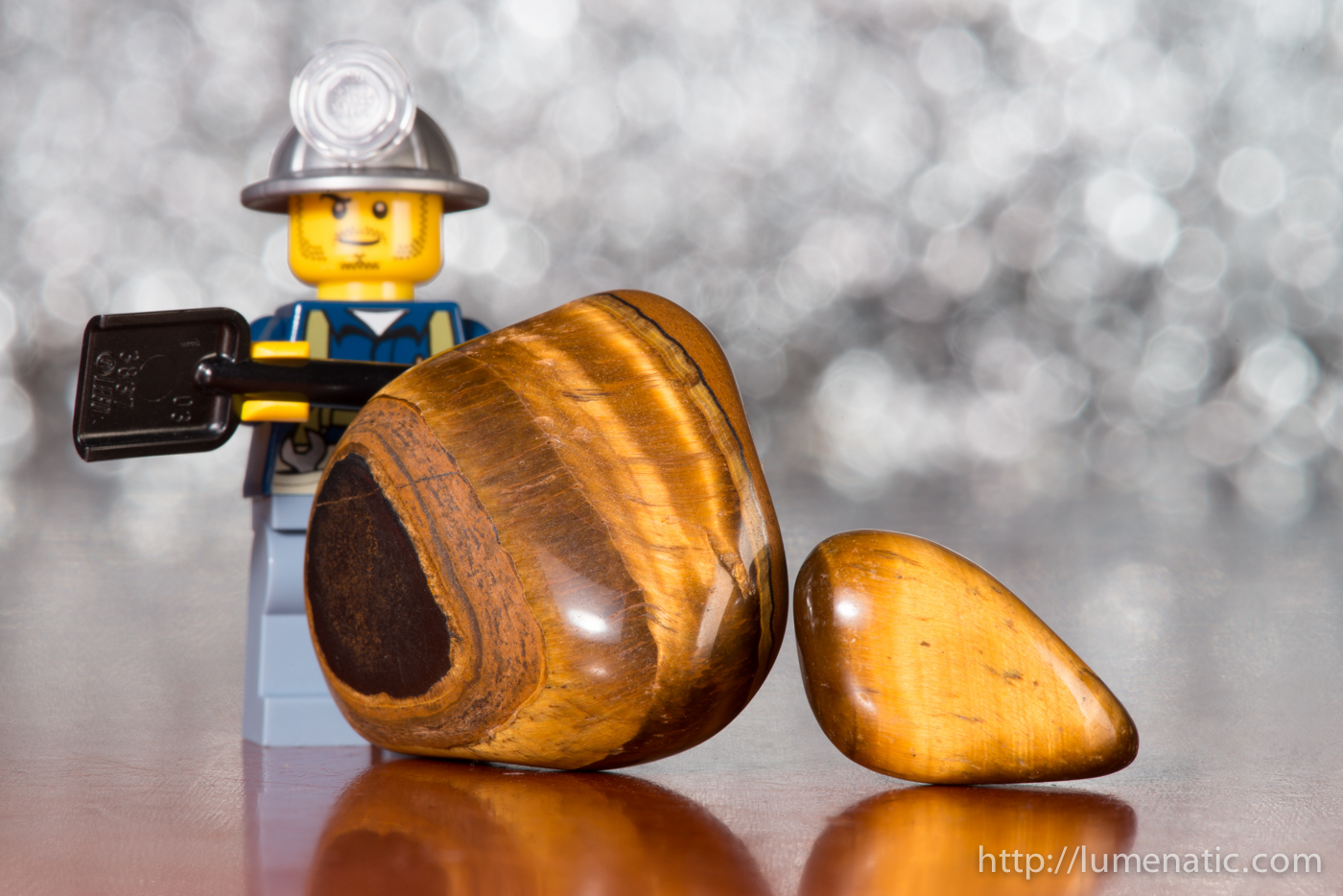
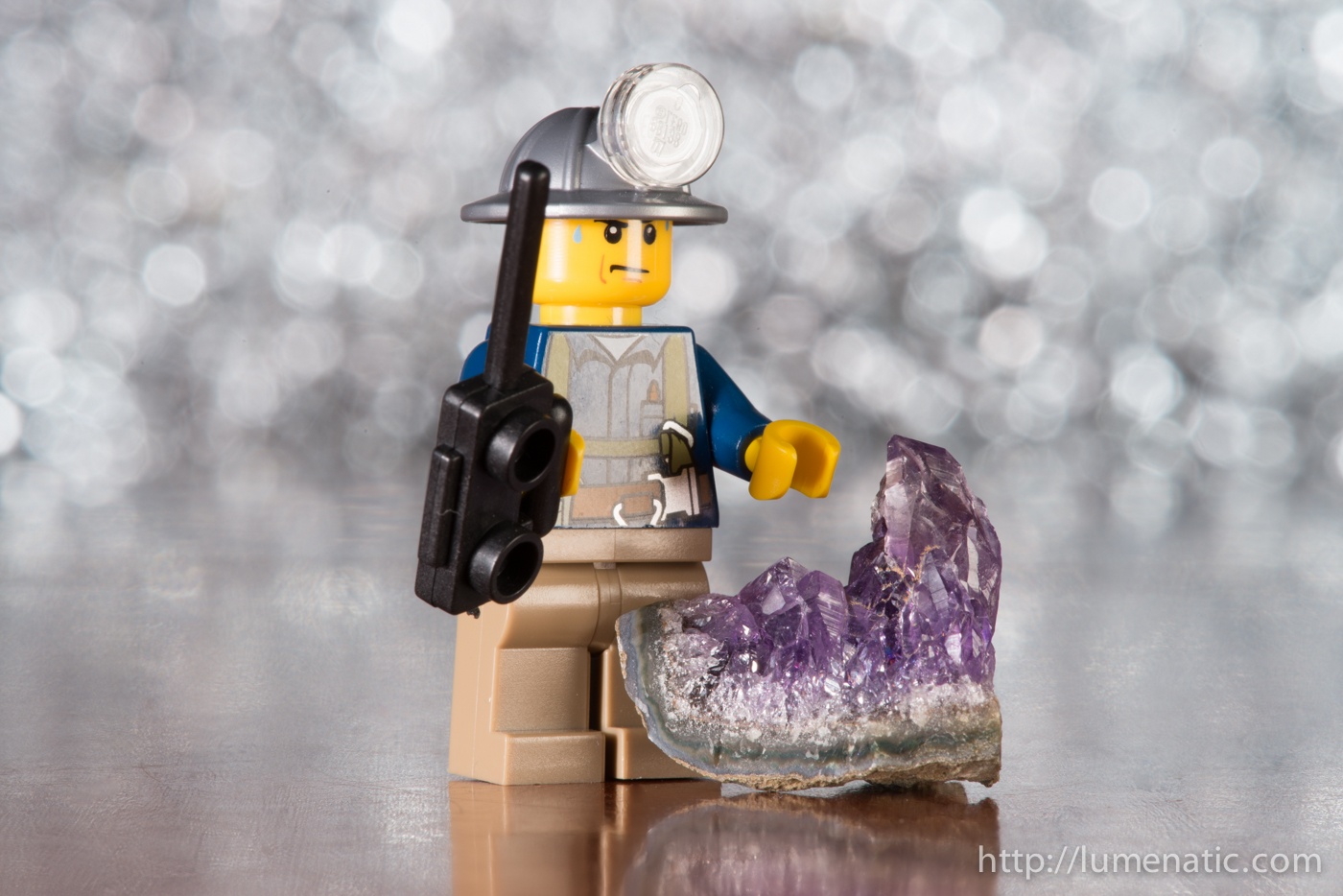
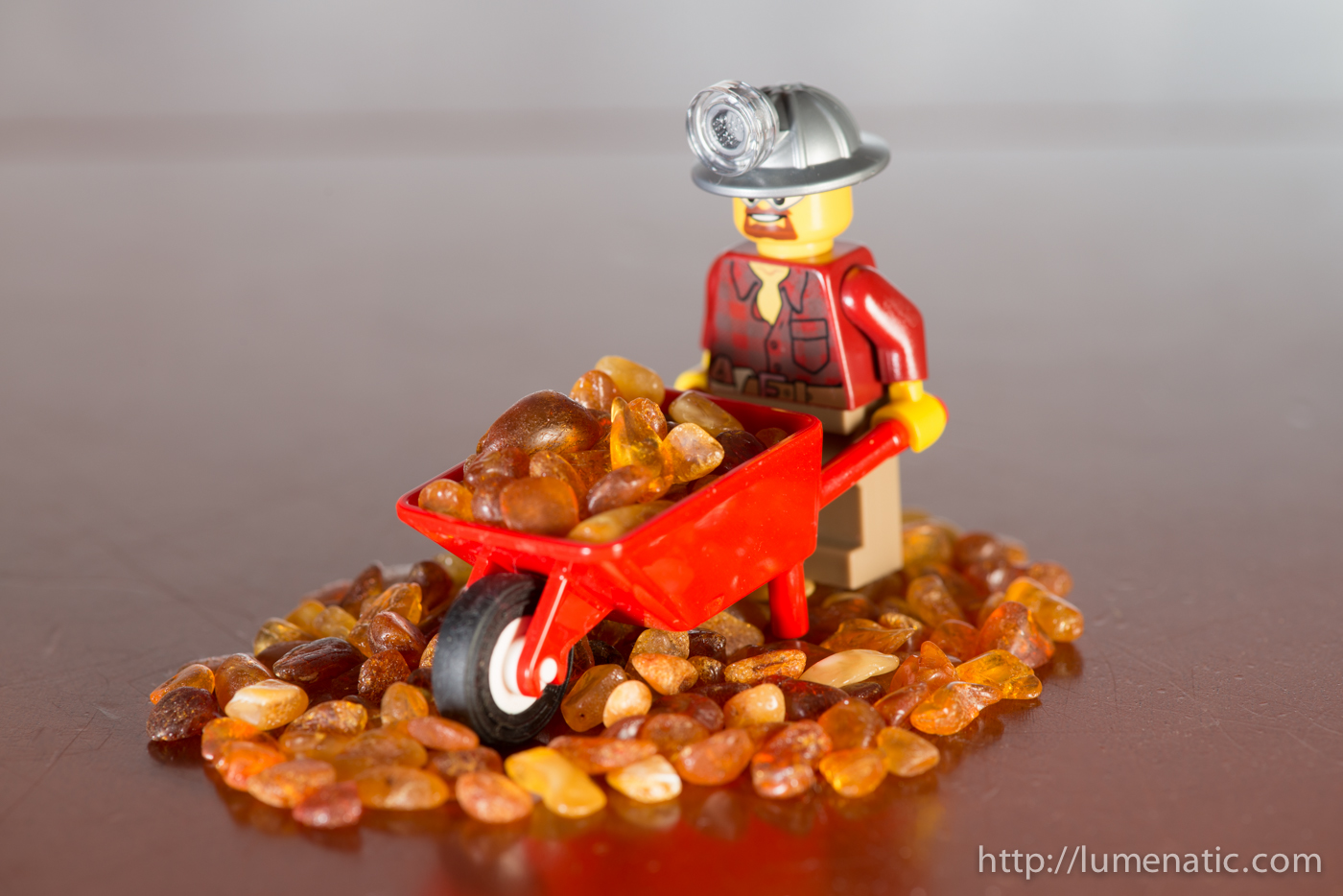
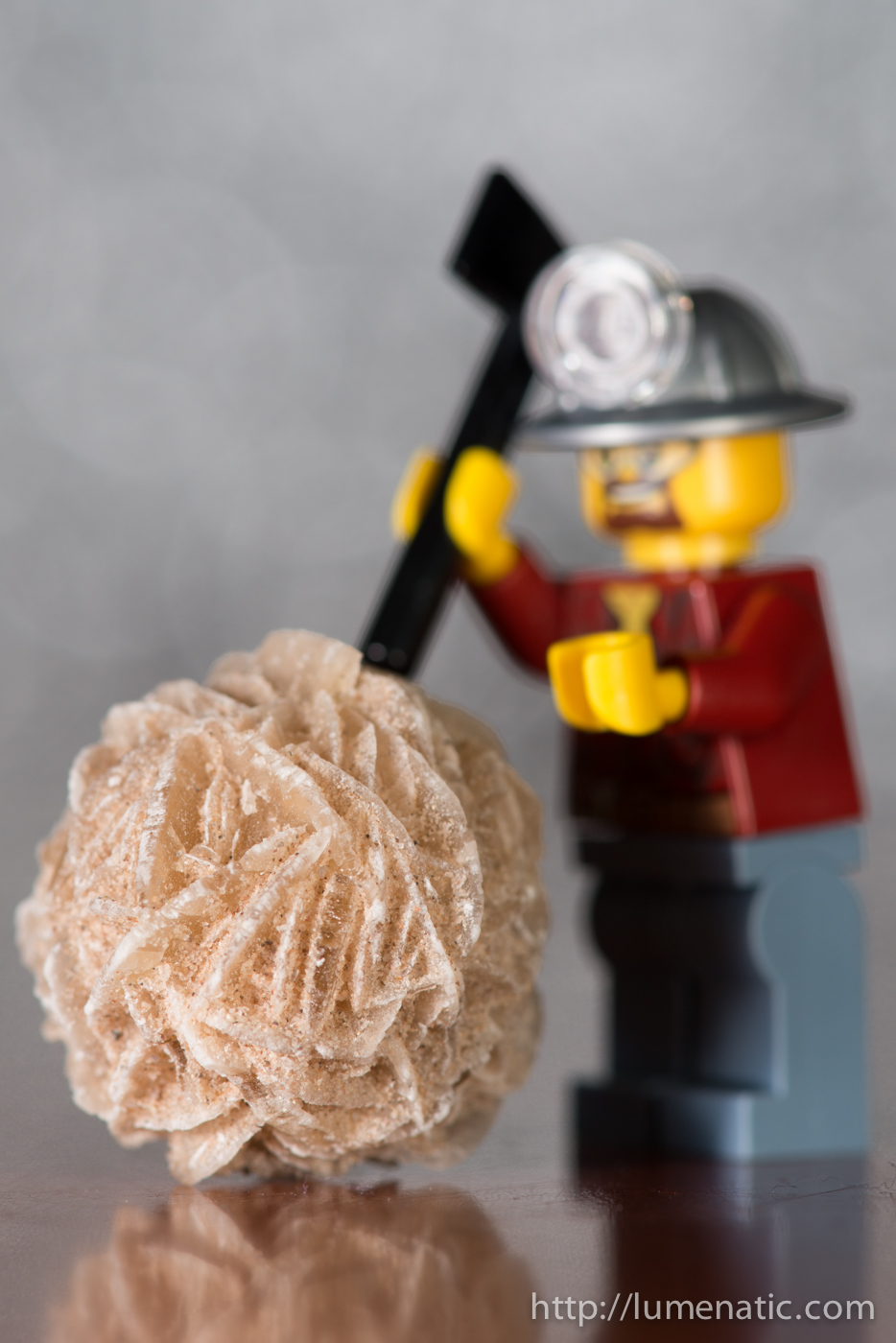
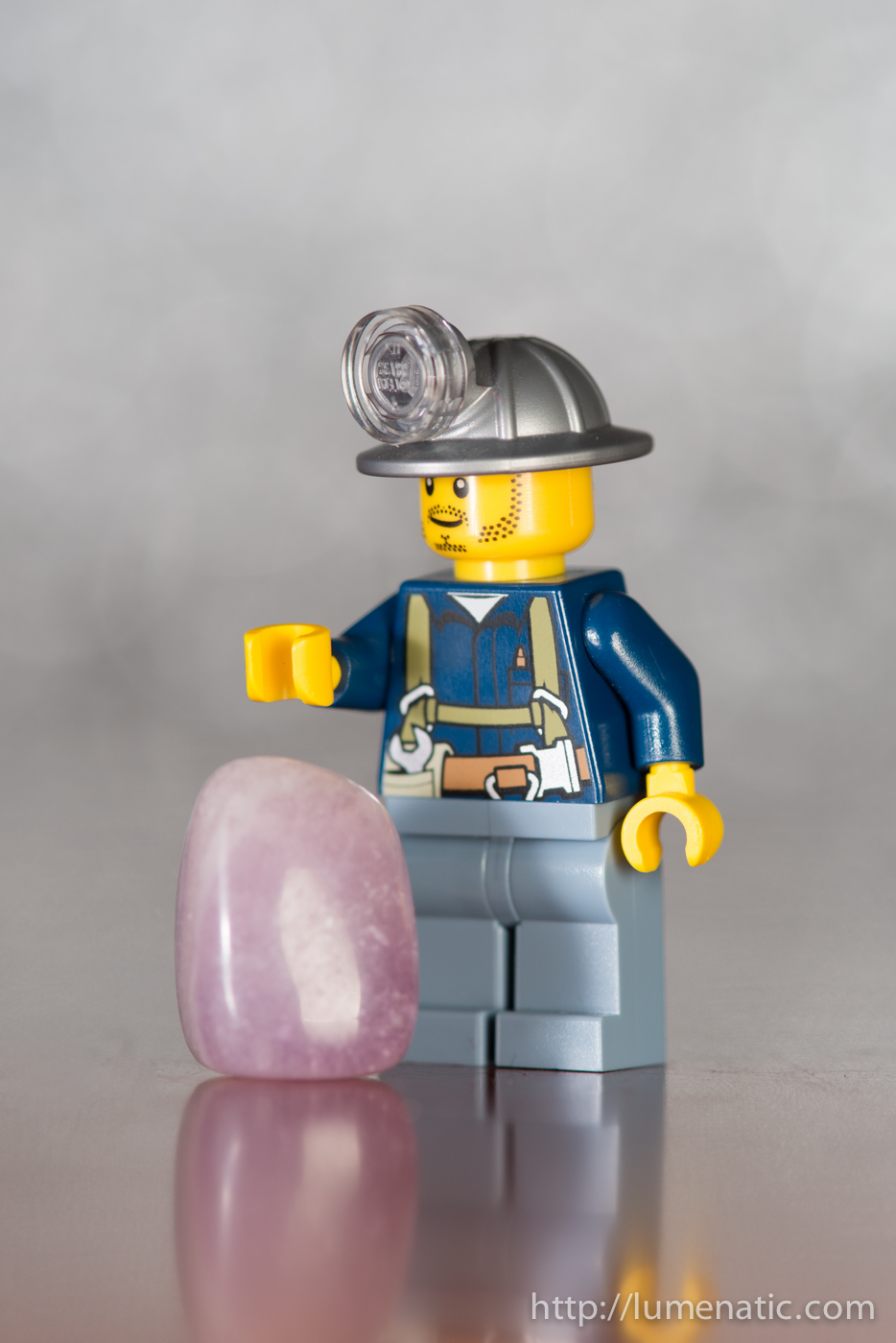
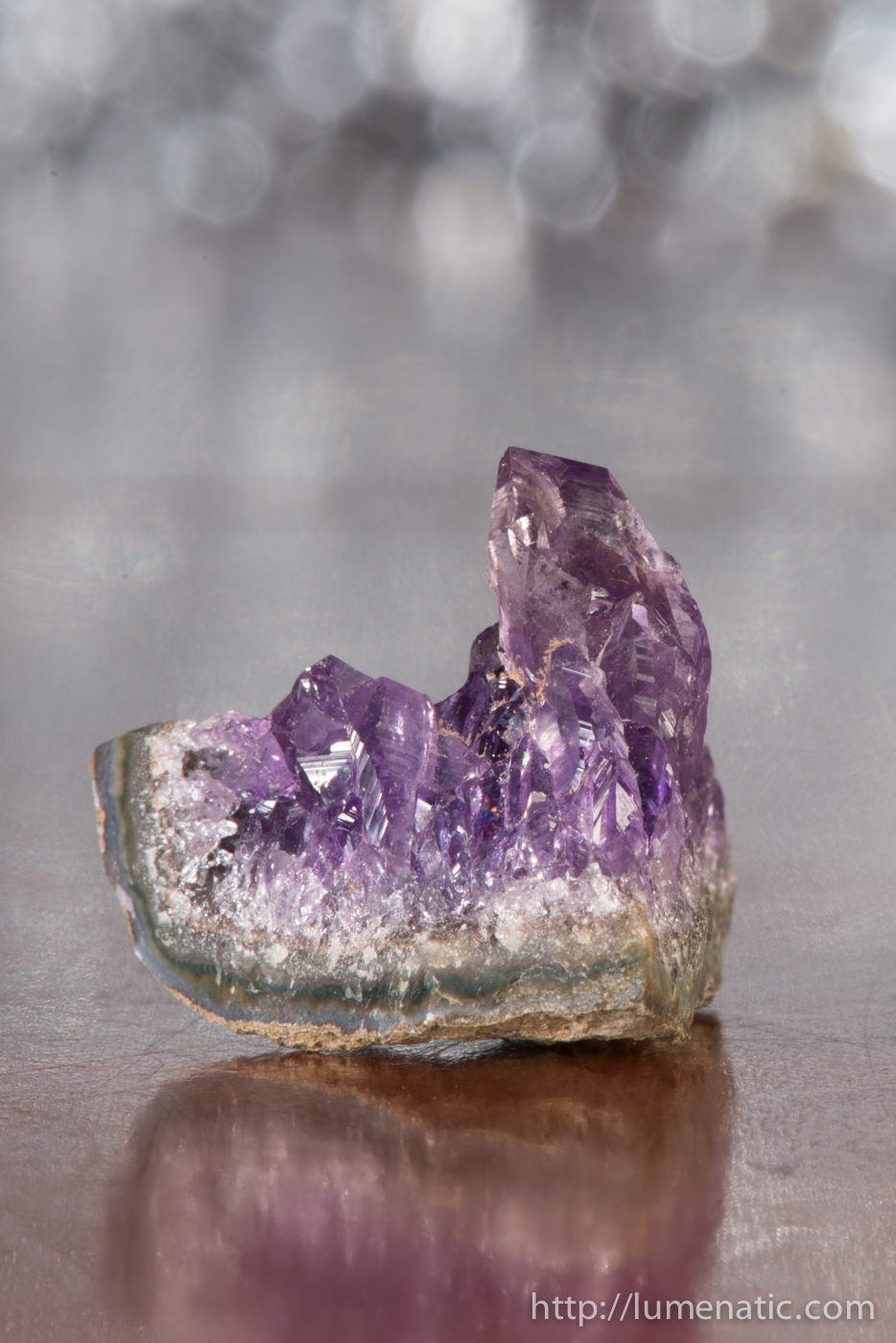
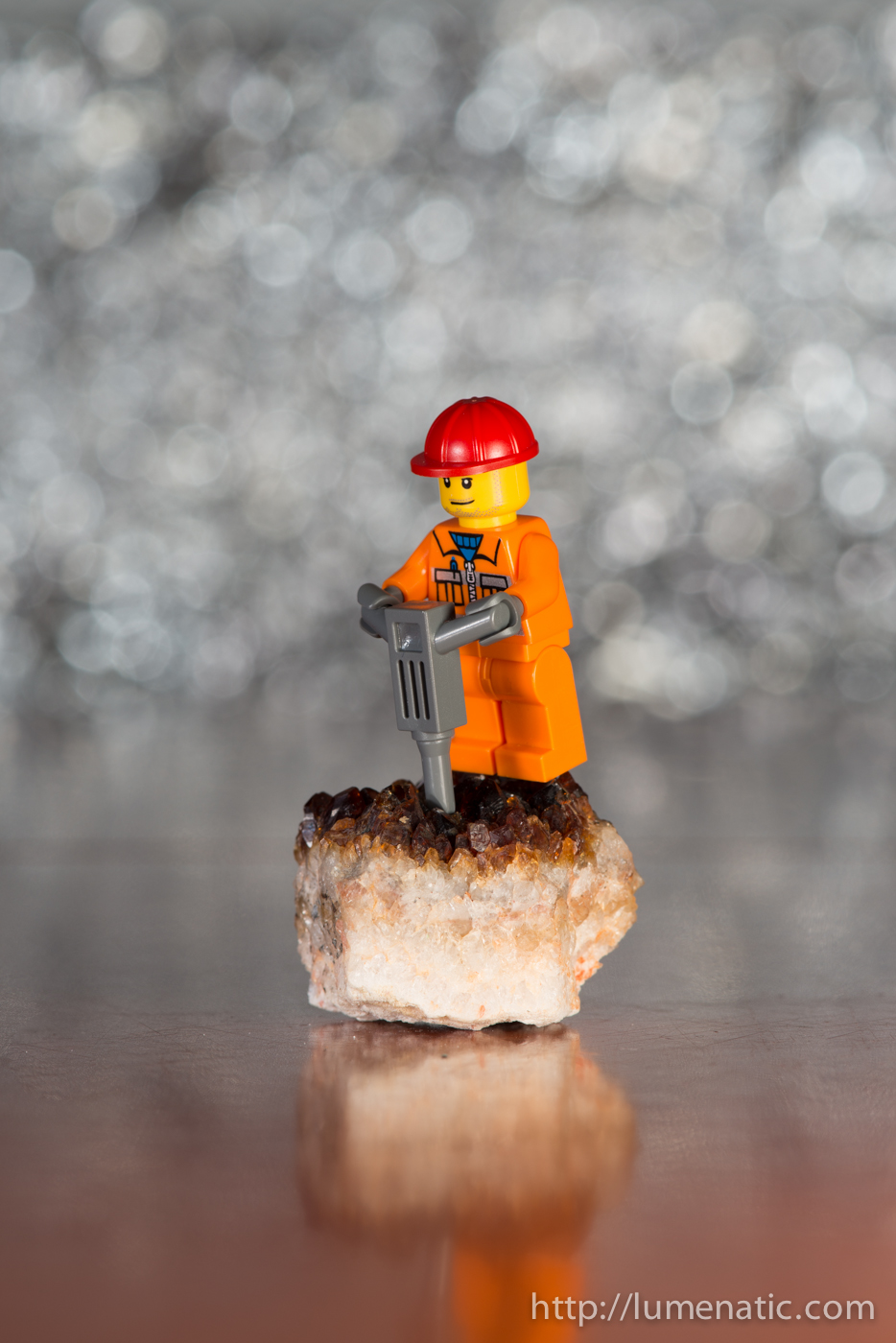
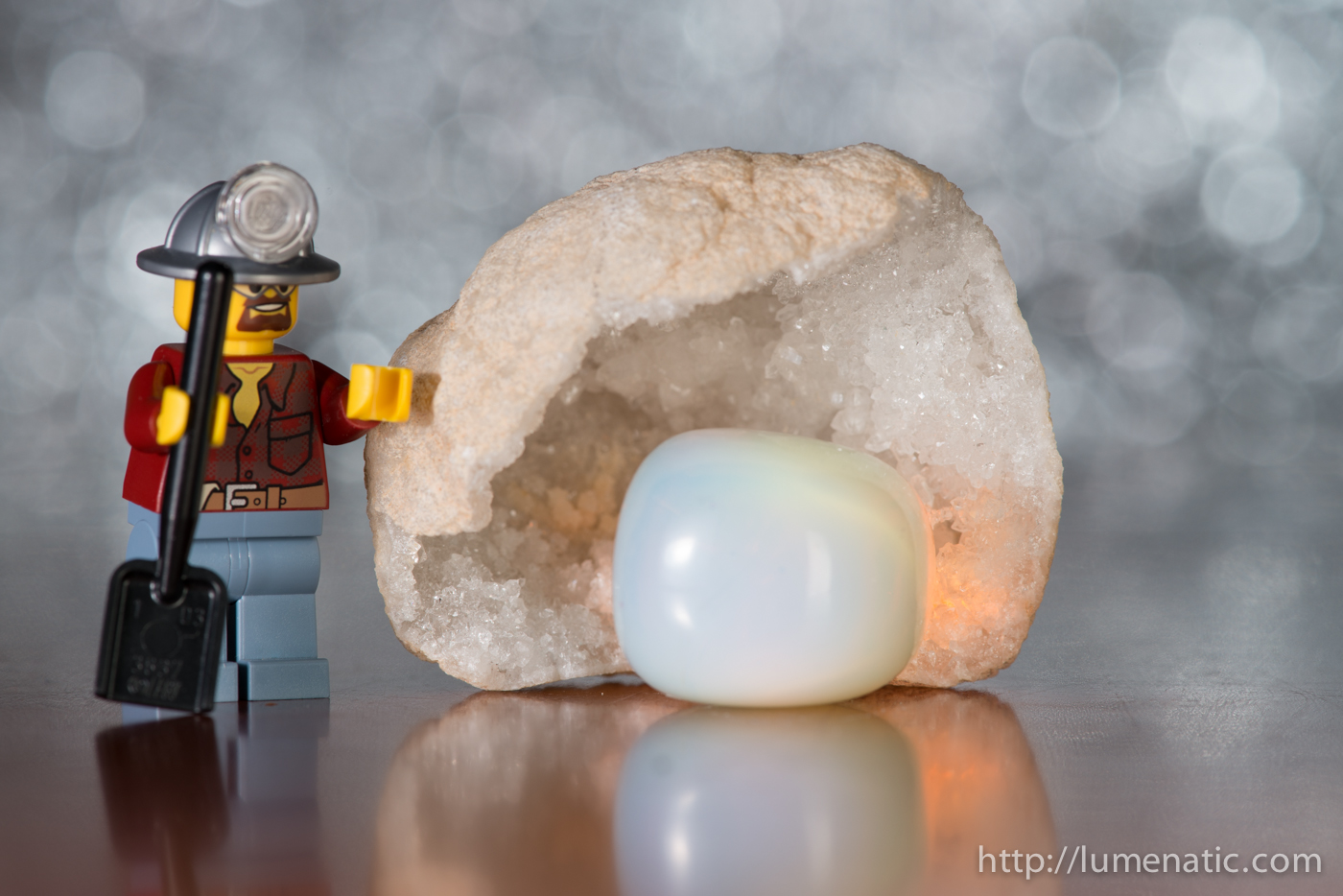

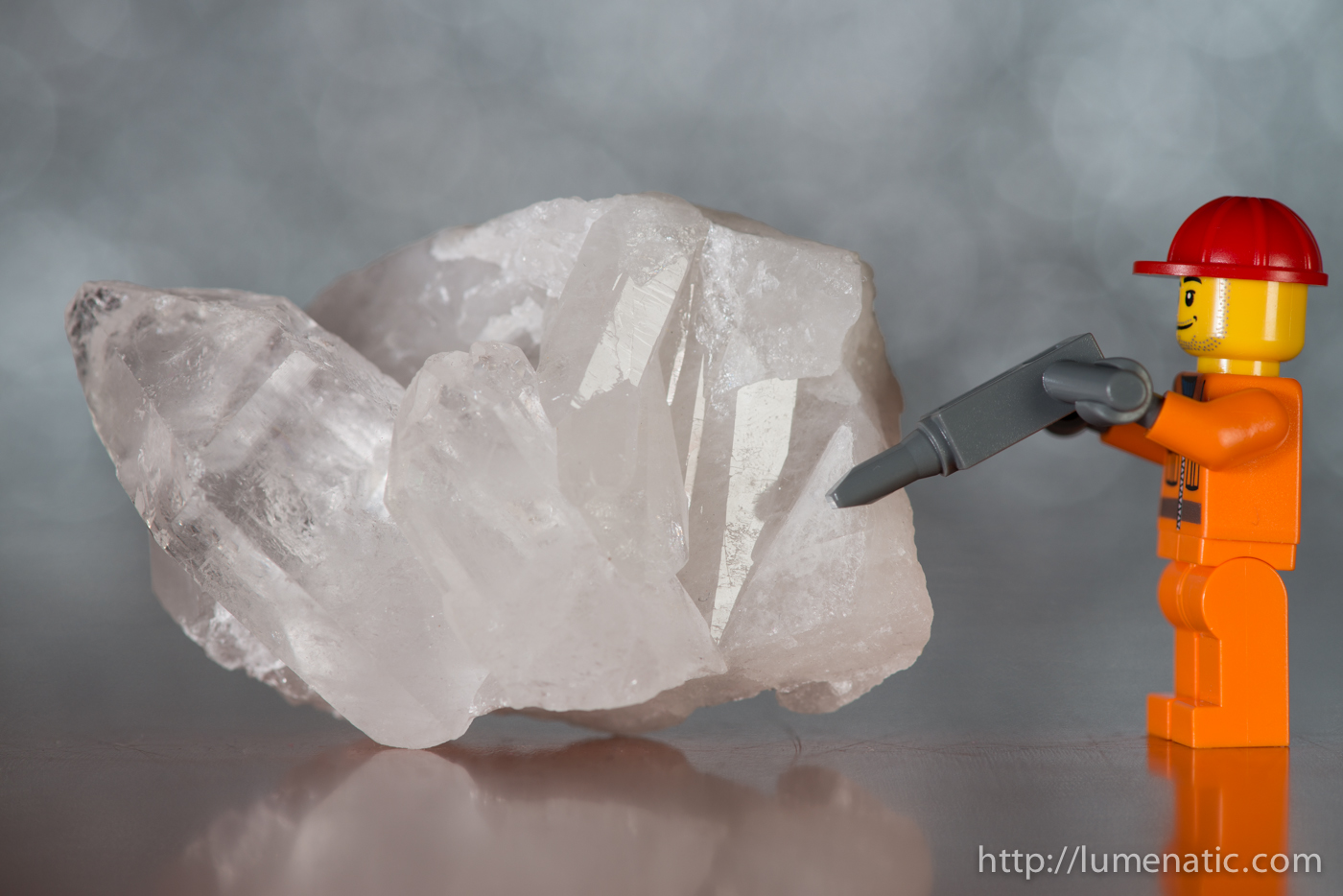
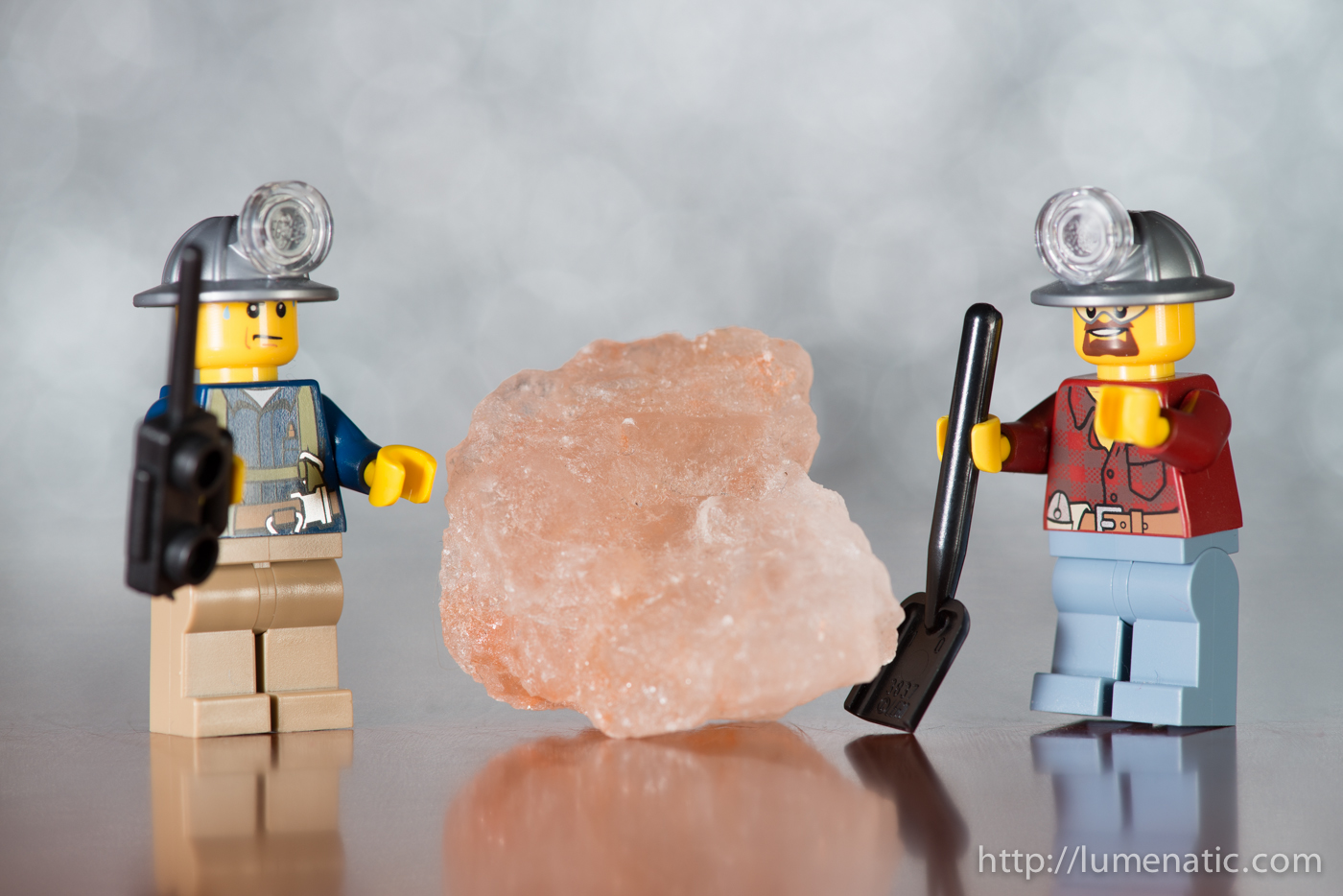
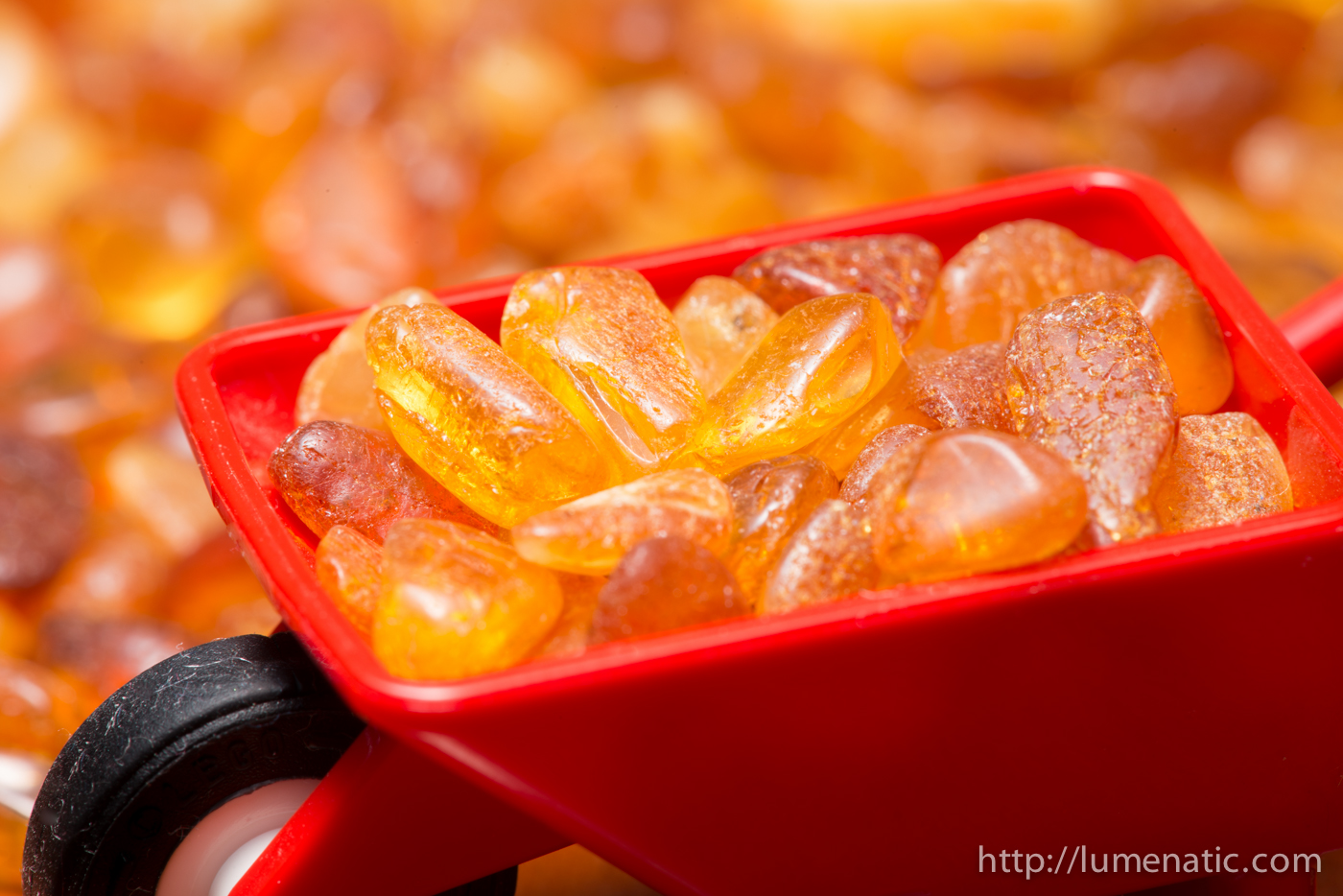

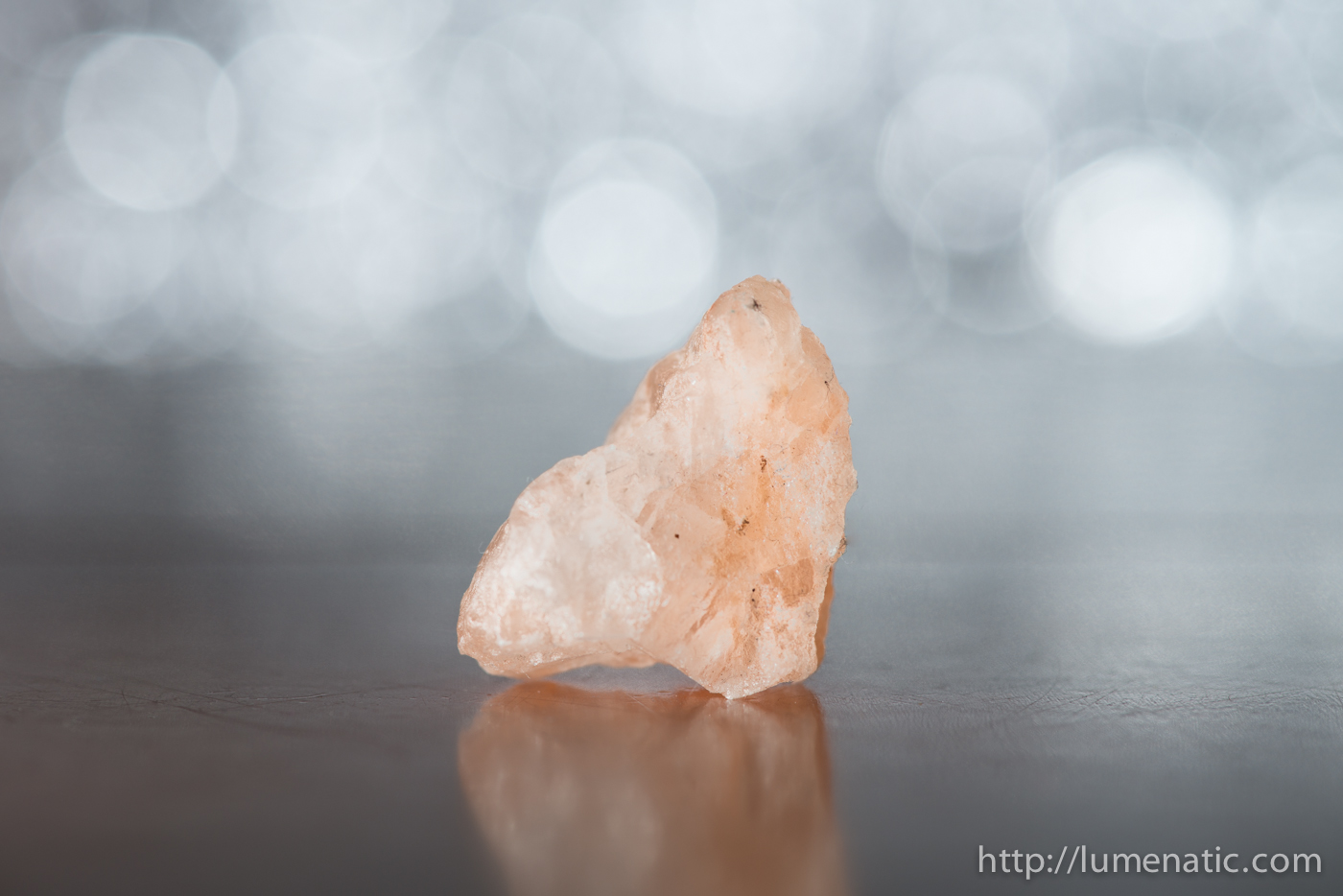
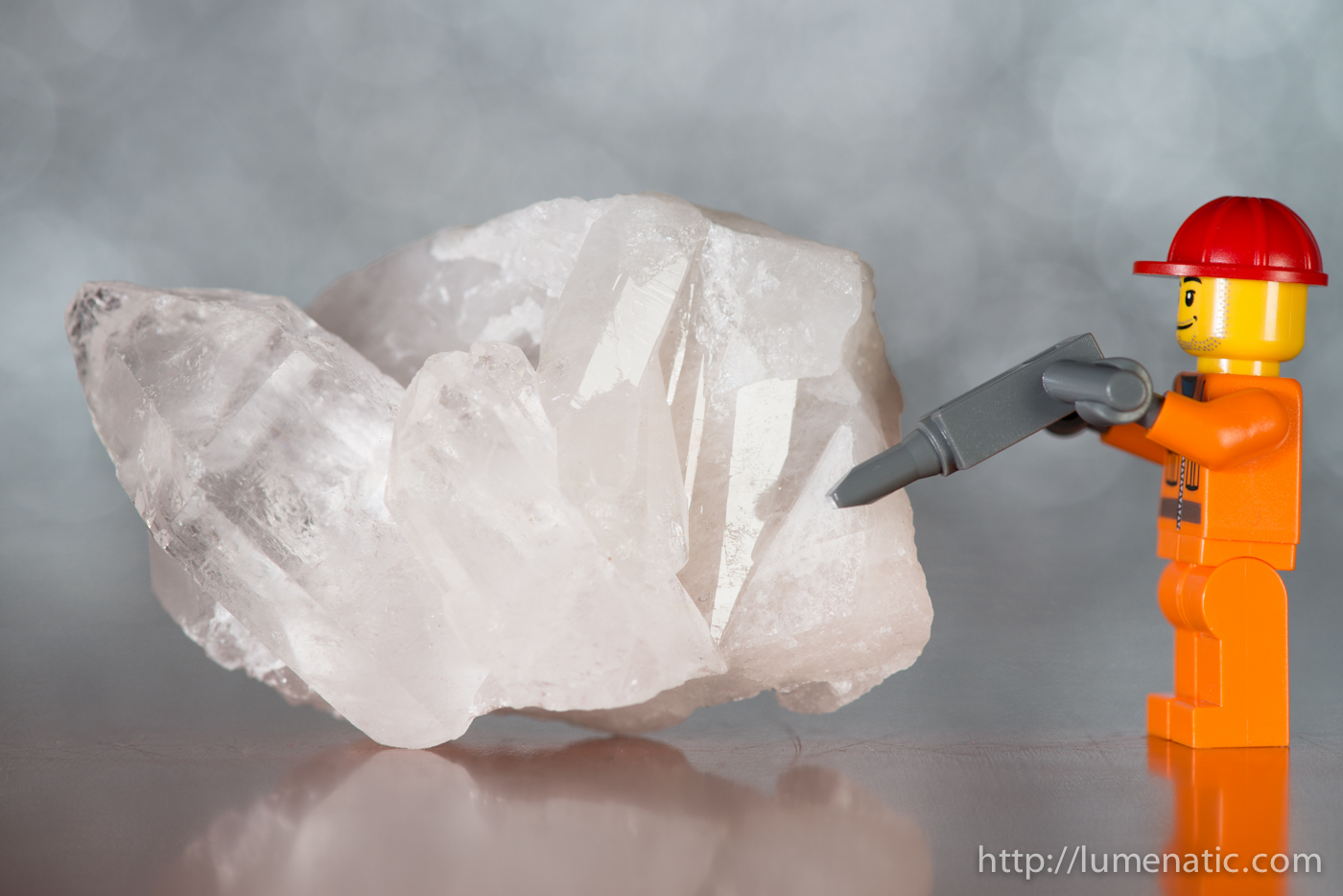

Excellent collection, thanks for sharing! merry Christmas!
Nice post. Quite inspirational!